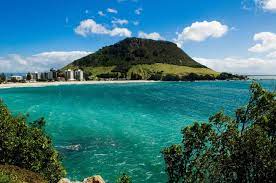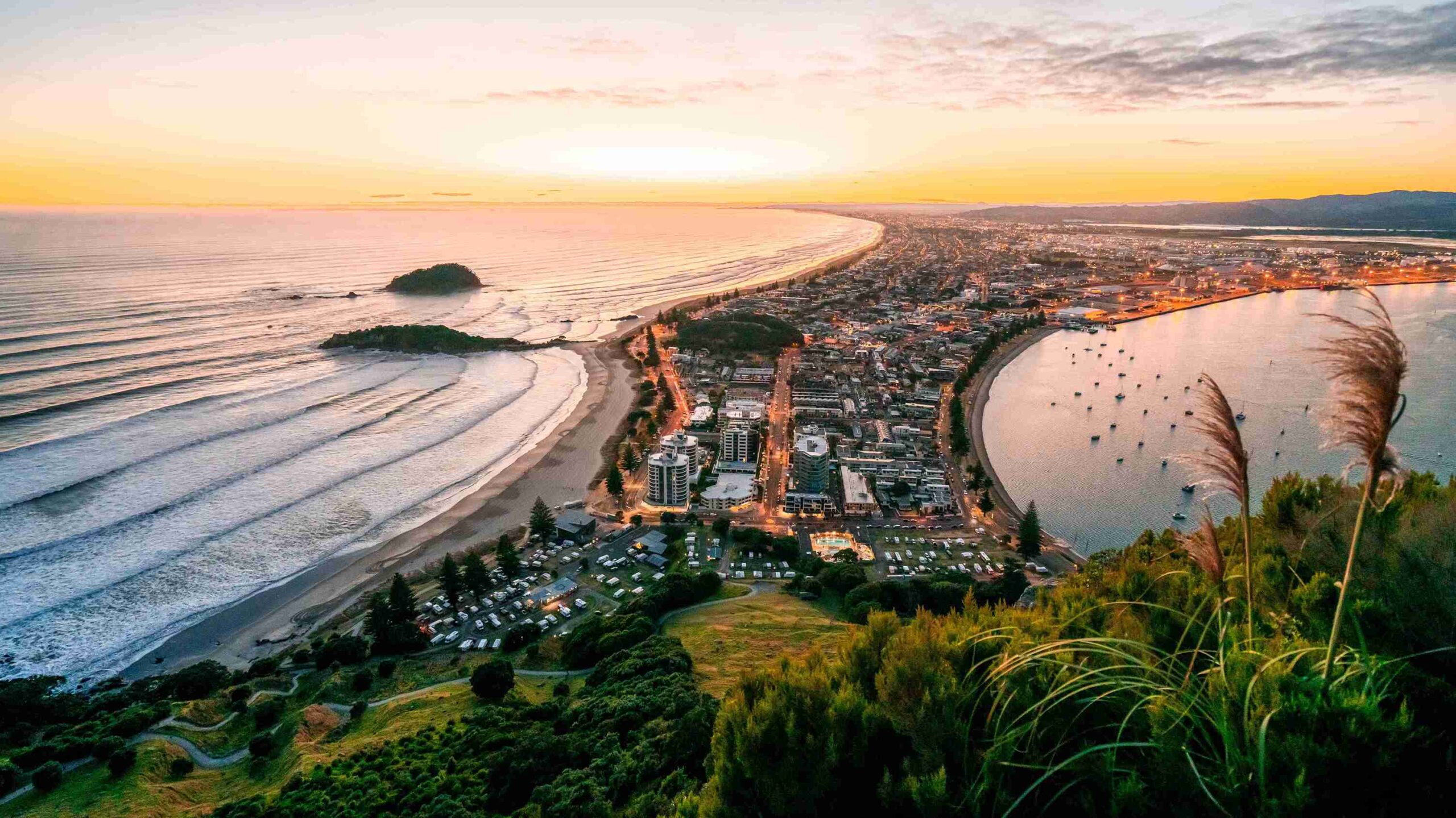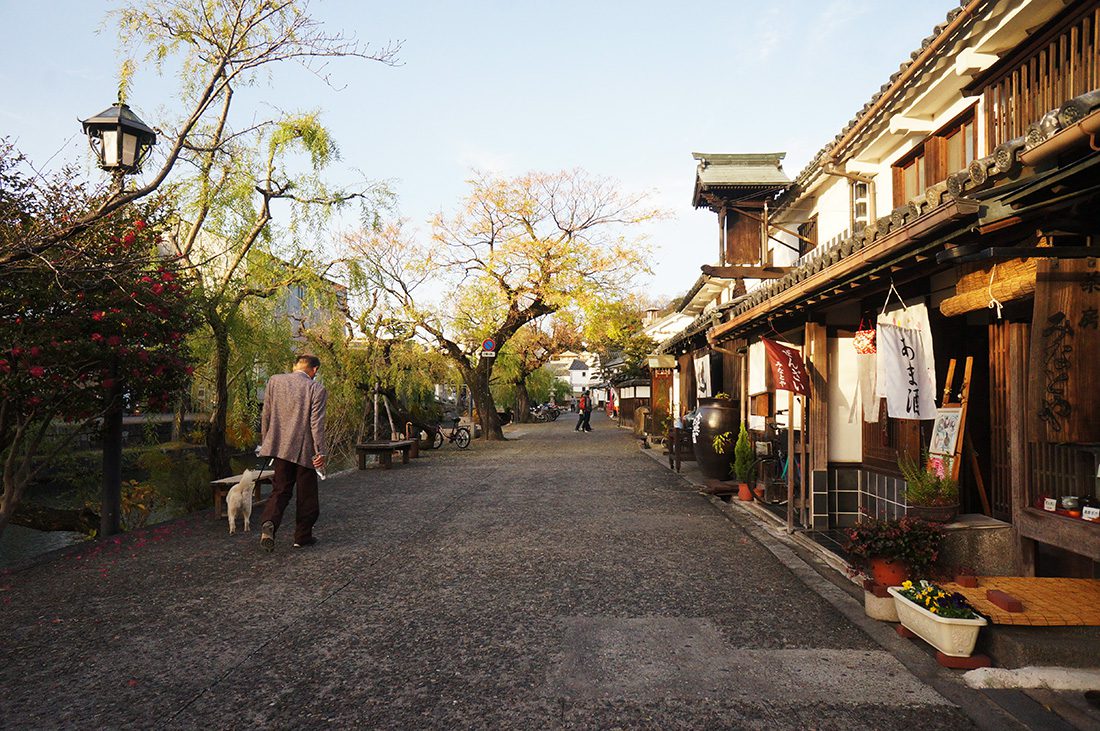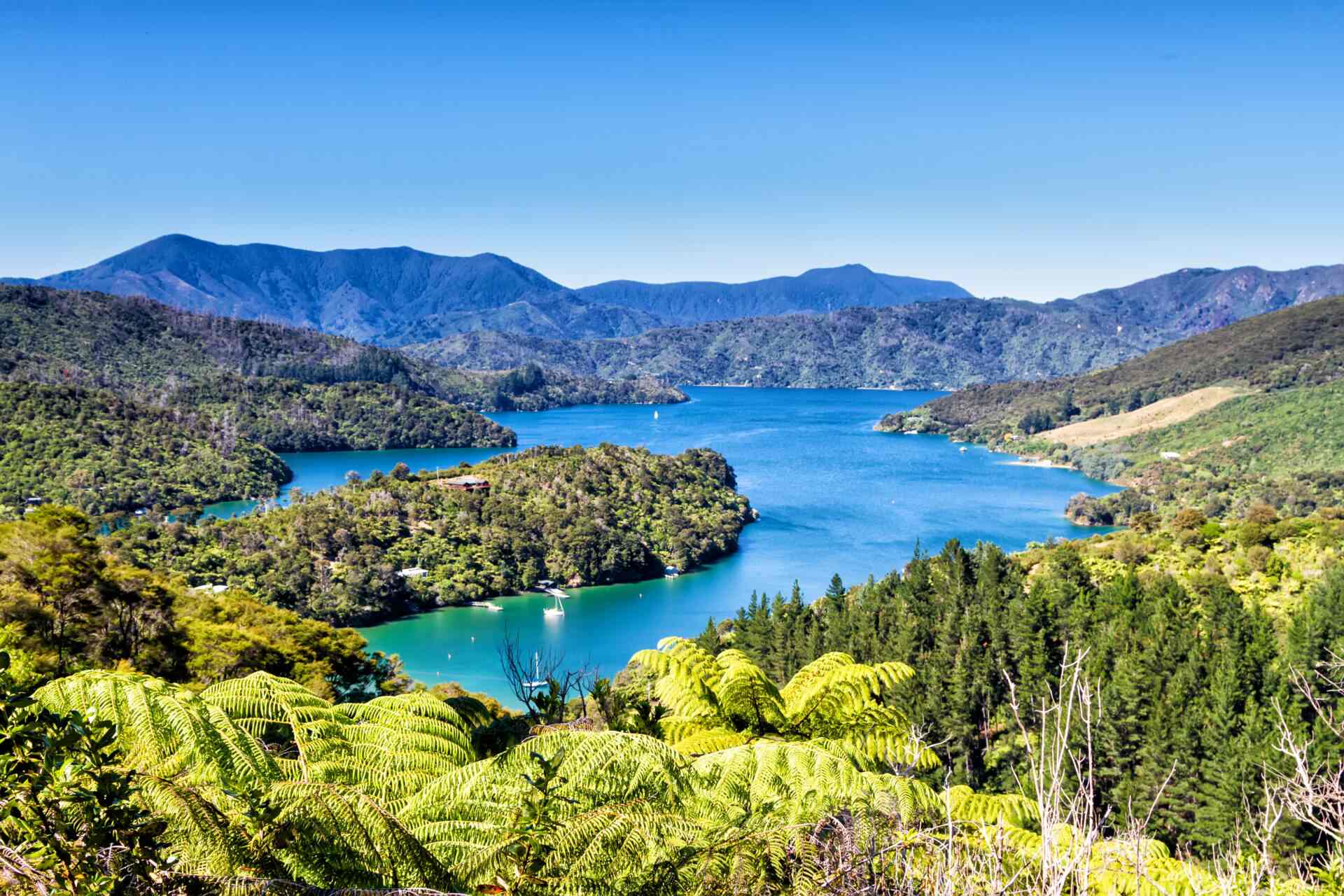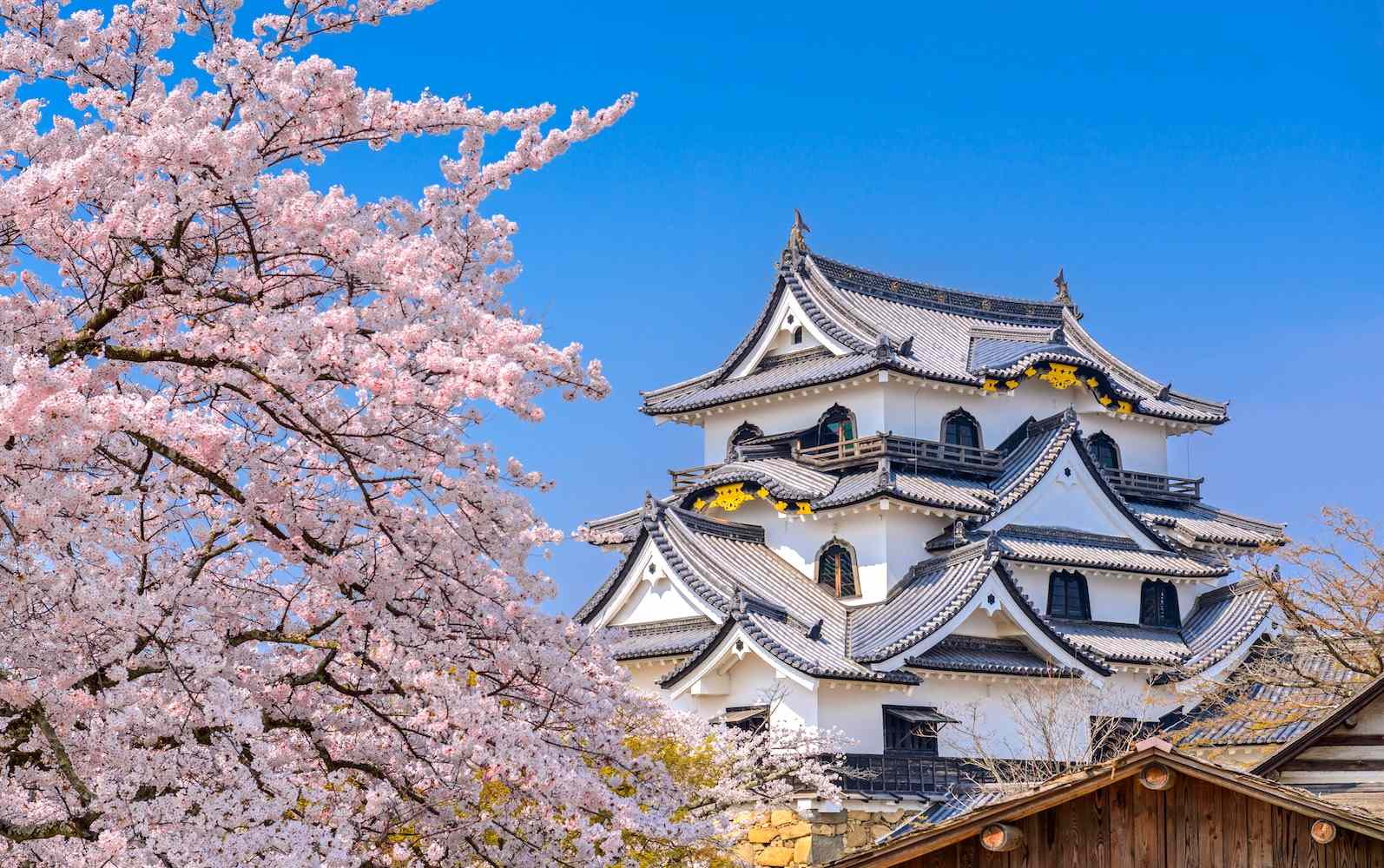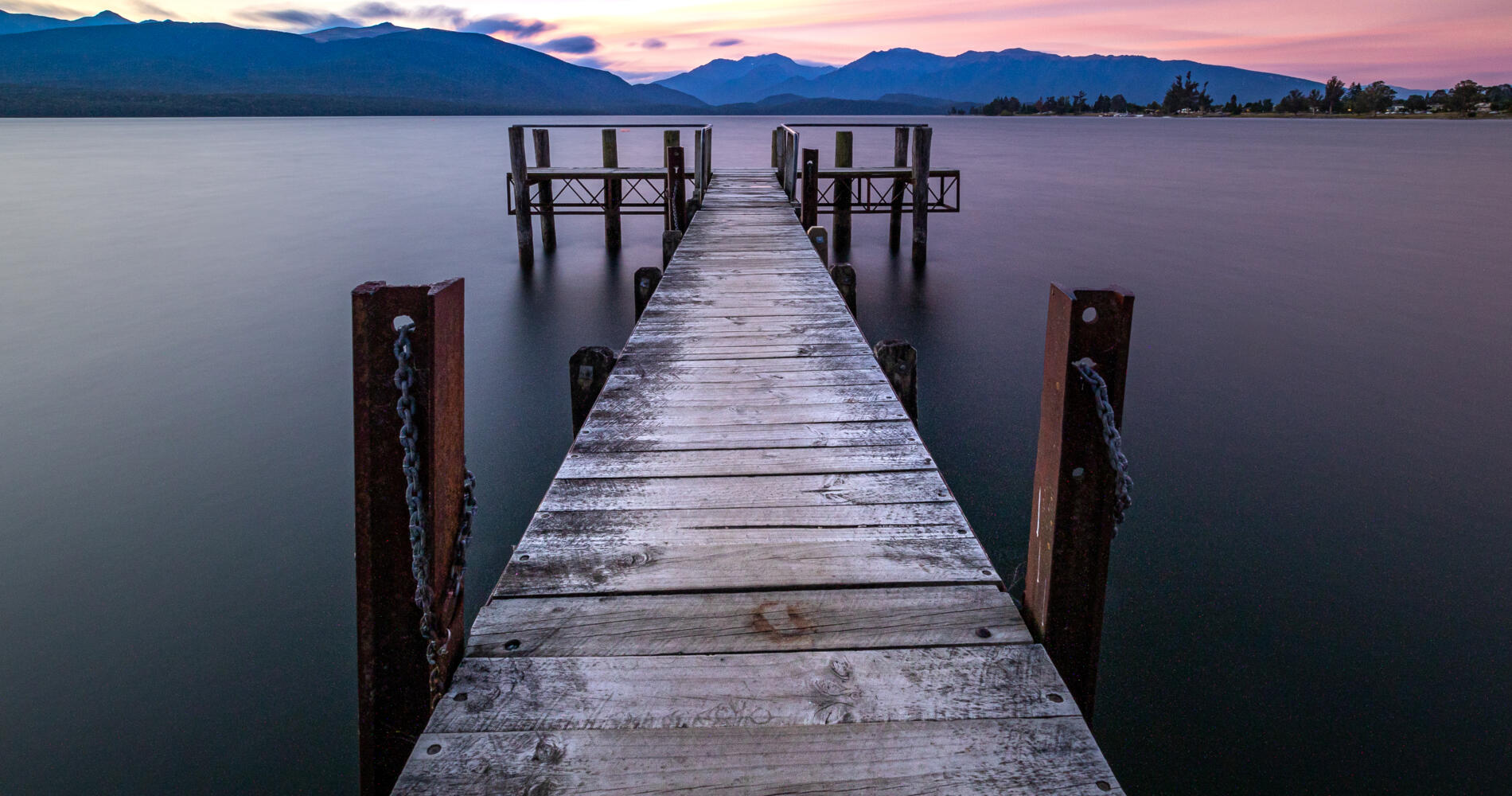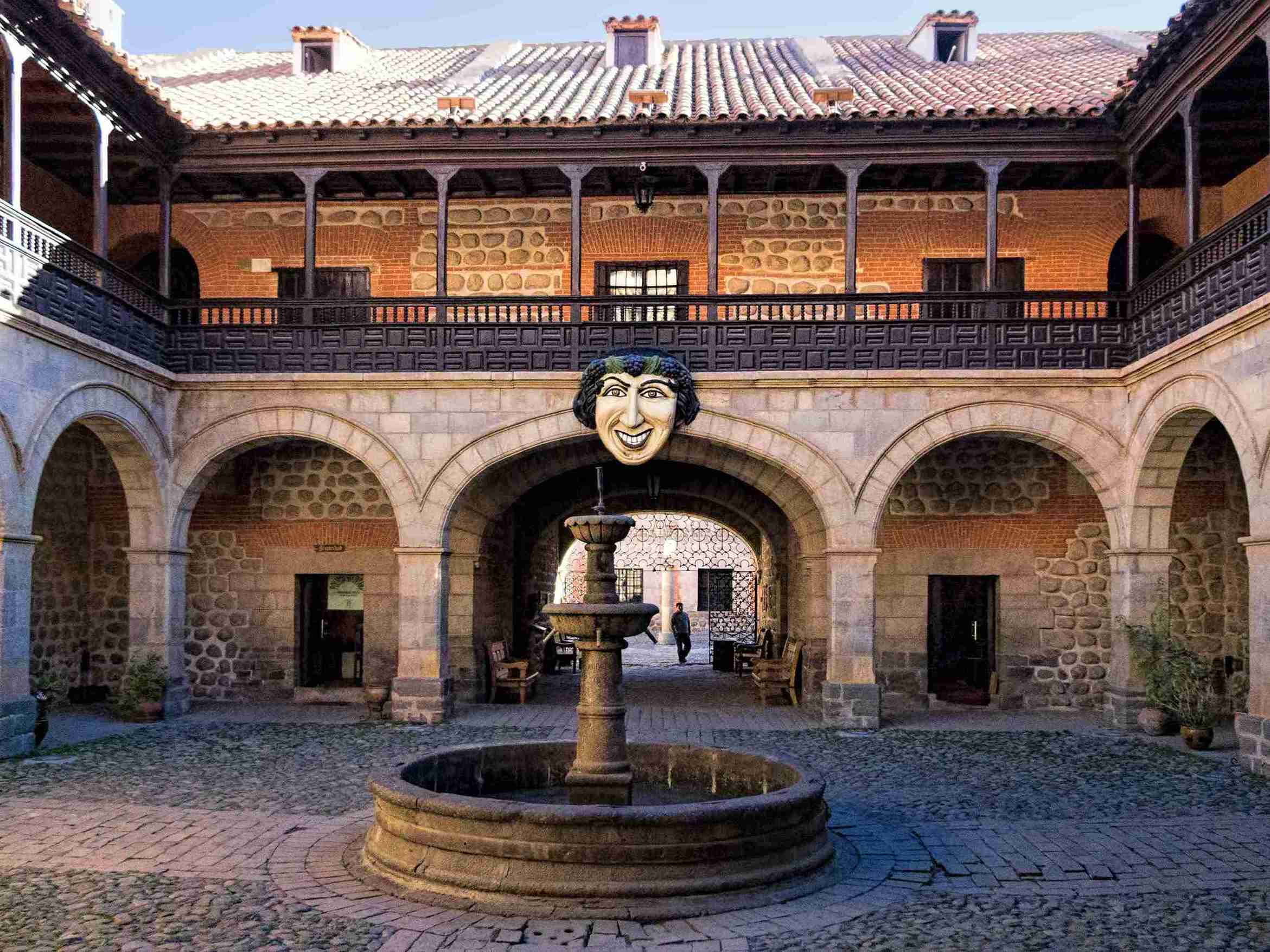Faroe Islands travel tips
Category
Categories
Popular Articles

The Faroe Islands, located between Norway and Iceland, are known for their rugged beauty and vibrant culture. The islands are recognized worldwide for their stunning landscapes filled with dramatic cliffs, deep fjords, cascading waterfalls, and quaint, grass-roofed houses. Visiting the Faroe Islands is like stepping into a different world where time seems to have stopped, making it a paradise for nature lovers and adventure seekers.
## Best Time to Visit
The best time to visit the Faroe Islands is during the summer from June to August. The weather is milder, and you can experience up to 22 hours of daylight, perfect for outdoor activities and exploring the islands at a leisurely pace. This period also witnesses the National Holiday Ólavsøka in late July, the area’s most significant cultural event.
Should you prefer avoiding peak tourist season, spring and early autumn are also great times to visit, with fewer crowds and vibrant color transitions in the landscapes.
## Climate & What to Pack
Thanks to the Gulf Stream, Faroes have a mild oceanic climate. Summers are generally cool with average temperatures around 11-13°C, and winters are mild, with temperatures typically above freezing. Rain and fog are common throughout the year, with the islands receiving over 300 days of rainfall annually.
Pack waterproof and wind-resistant clothing, warm layers for cooler evenings, and good walking shoes. Don’t forget your camera, binoculars for bird watching, and a reliable rain jacket!
## Getting There
The Faroe Islands are served by Vágar Airport. There are direct flights from several cities in Europe such as Copenhagen, Reykjavik, and Edinburgh. Currently, the Faroe Islands are part of Denmark’s Kingdom, so EU citizens do not require a visa. Other travelers should check the latest visa requirements.
From the airport, taxis, buses, and rental cars are available. The beautiful 45-minute drive to Tórshavn, the capital, provides a warm welcome to the islands’ stunning landscapes.
## Getting Around Locally
Given their relatively small size, getting around the Faroe Islands is relatively straight forward. Buses and ferries operate throughout the islands, and taxis are readily available. Many visitors choose to rent a car for flexibility and convenience. However, be mindful of sheep on the roads!
## Safety Tips
The Faroe Islands are one of the safest places in the world. However, the rugged terrain and unpredictable weather call for caution when hiking or venturing near cliff edges. Always respect local signage and stay on marked trails. Solo travelers can feel at ease, with friendly locals ready to help.
## Top Things to Do & See
The list of things to see in Faroe Islands is long. Don’t miss the magnificent Múlafossur Waterfall, the charming village of Gásadalur, and birdwatching at Mykines, home to one of the world’s largest puffin colonies. Take a boat trip around Vestmanna Sea Cliffs, explore historic sites in Tórshavn, and witness the enchanting Lake Sørvágsvatn, which appears to hover above the ocean.
## Where to Stay
For luxury accommodations, Hotel Føroyar in Tórshavn offers spectacular views and modern comfort. For mid-range options, consider Gjaargardur Guesthouse in Gjógv. Budget travelers can find several campsites and hostels across the islands, such as Klaksvik Hostel.
## Food & Local Cuisine
Local cuisine is a delicious blend of seafood, lamb, and root vegetables. Try “skerpikjøt” (wind-dried mutton) or “ræst kjøt” (semi-dried mutton). For dining, Áarstova and Barbara Fish House in Tórshavn offer excellent traditional meals.
## Cultural & Practical Tips
The currency is the Faroese króna. Most people speak Faroese, but English is widely understood. Plugs are Europlug Type C and Type F, with a voltage of 230V. Wi-Fi is readily available in towns and at accommodations. Tipping is not expected as bills usually include service charges.
## Sustainable Travel Tips
Respect nature by sticking to marked paths and taking all rubbish with you. Use public transport or consider carpooling to reduce carbon emissions. Support local businesses by eating locally produced food and buying local handicrafts.
## Personal Travel Tip
For a memorable Faroe Islands experience, walking through the villages allows you to absorb the local culture, meet the friendly locals and enter a different pace of life. It’s Reminiscent of a simpler time and could be the highlight of your trip. Get ready to fall in love with the Faroe Islands’ ethereal beauty and the warmth of its people.

